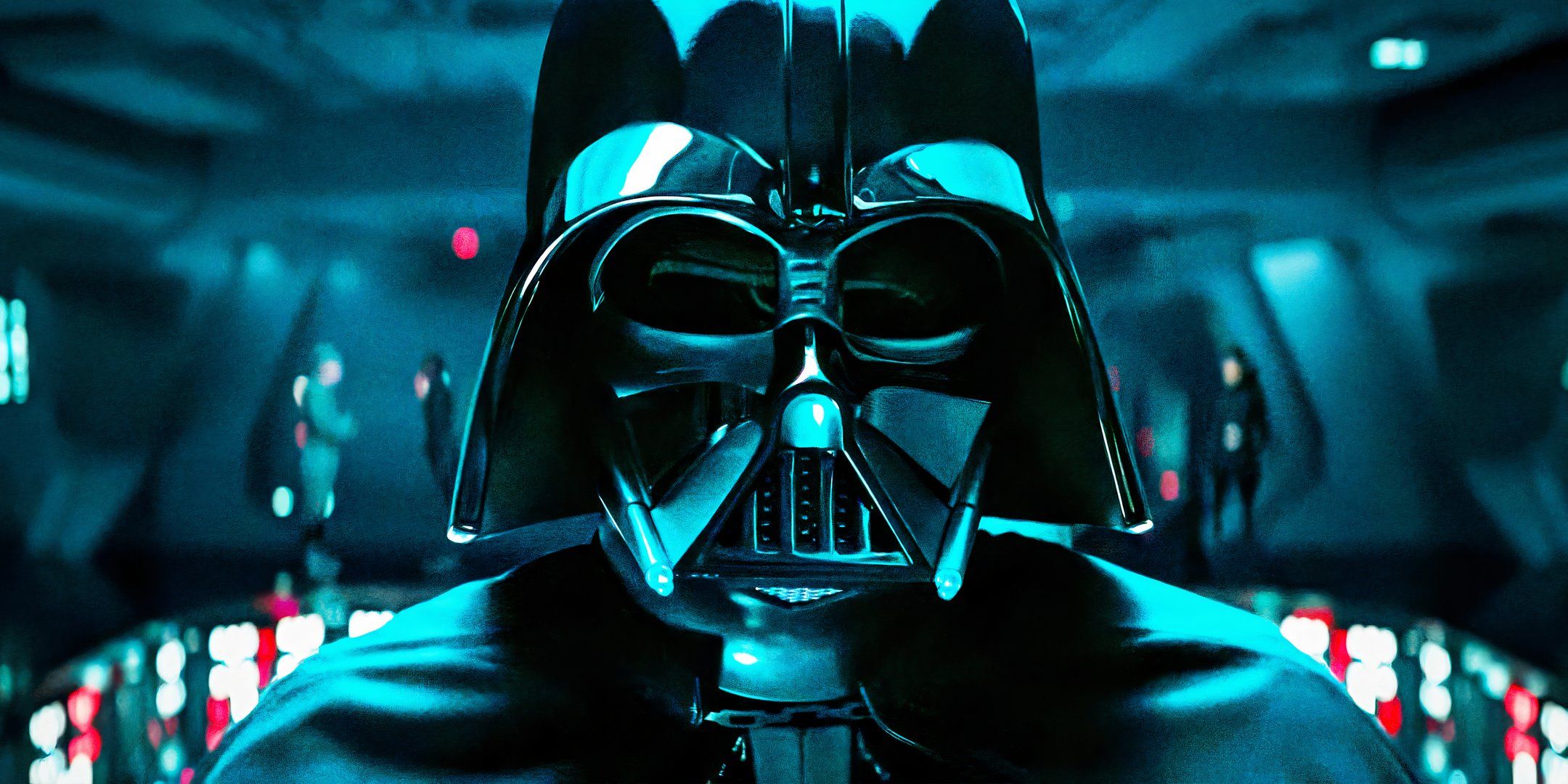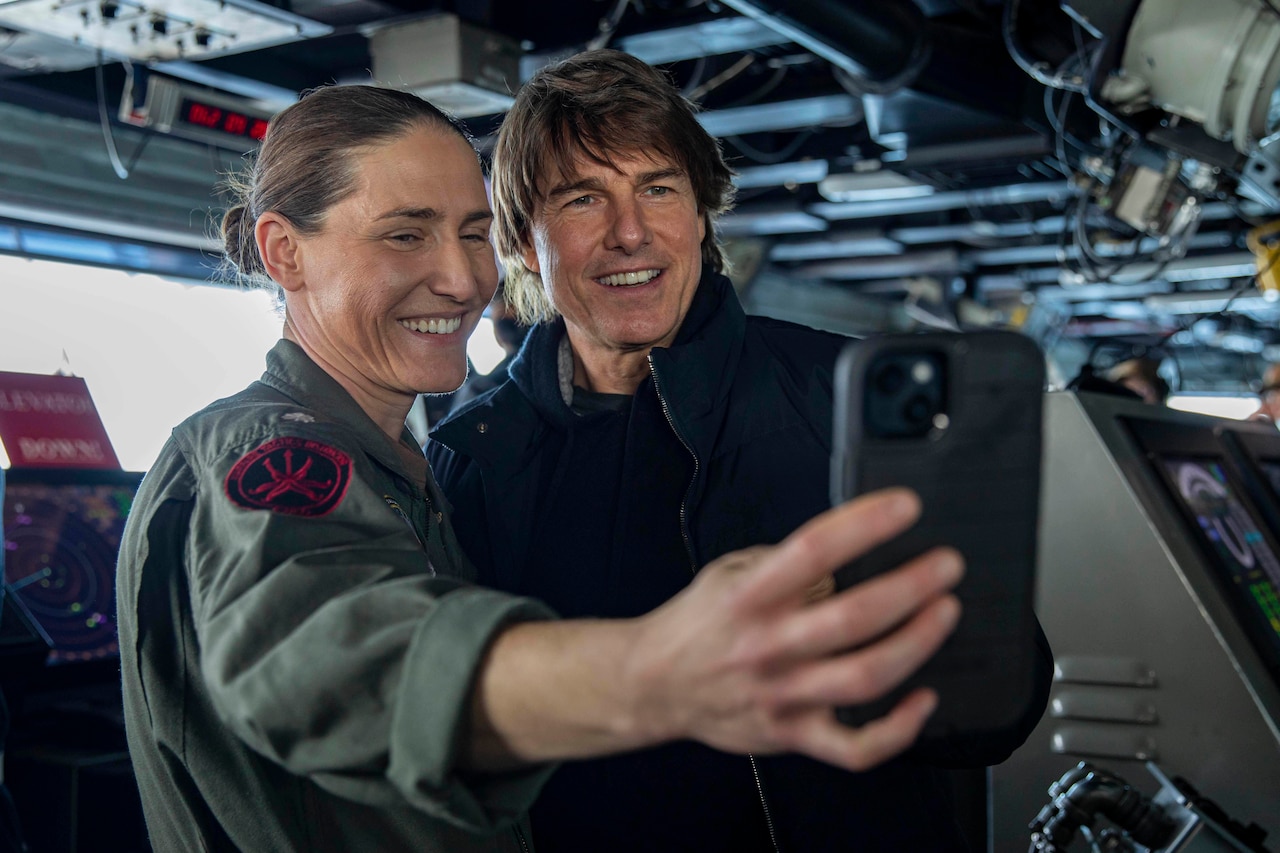Two entries in the saga - the franchise's best TV show and a fan-favorite movie - have both coincided in 2025, proving a big point about retcons. Retcons have always been a part of this specific franchise, with the Star Wars timeline allowing for such a storytelling trick to be utilized often. Upcoming Star Wars movies will continue this, with the likes of The Mandalorian and Grogu retconning elements of the New Republic timeline that fans did not know existed before 2019.
Upcoming Star Wars TV shows are planning to do the same, with a project like Maul: Shadow Lord nestling itself in the reign of the Empire section of Star Wars' timeline. Undoubtedly, this will change how audiences once saw Maul's story, especially by fleshing out his journey between Star Wars: The Clone Wars' timeline and that of Star Wars Rebels. When concerning the broader concept of retcons, two disparate Star Wars stories managed to unexpectedly collide in May 2025, proving above all else that this franchise achieves retroactive continuity better than any other.
The two projects in question are Andor season 2 and Star Wars: Episode III - Revenge of the Sith. Concerning the former, the show began airing on April 22, 2025. Given that Andor season 2 was split into four, three-episode blocks that were released a week apart, the first six episodes aired on Disney+ in the last two weeks of April, while the final six episodes aired in May 2025. The latter two blocks of episodes, totaling six installments, were largely dubbed the best of Star Wars' many TV shows, and some of the best storytelling in the entire franchise, taking the TV side of the franchise by storm.
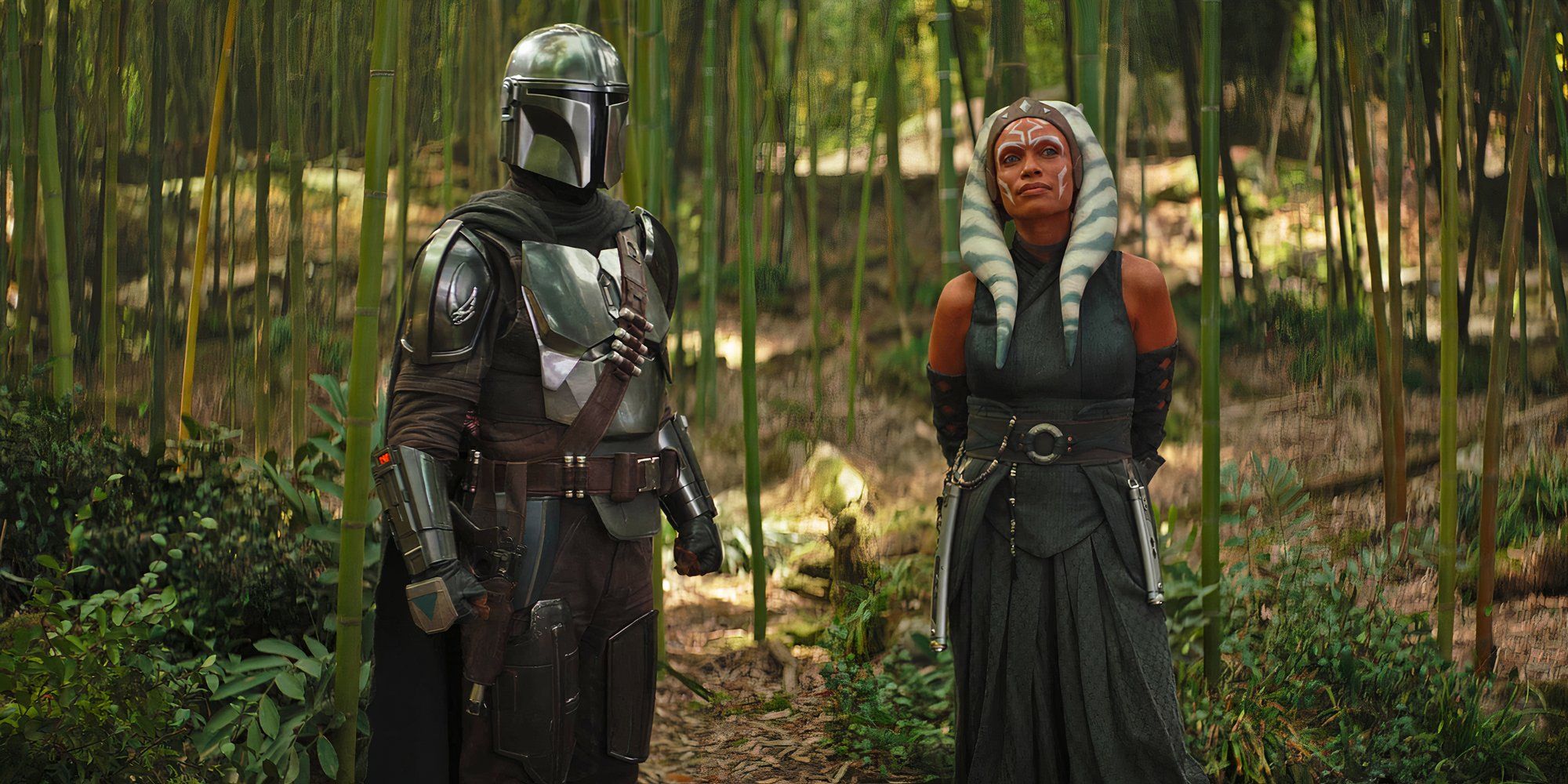
Related
Every Star Wars TV Show Ranked From Worst To Best
The first Star Wars TV show released back in the 1980s - so how do they all compare, from live-action to animation, from Clone Wars to Skeleton Crew?
Then there was Star Wars: Episode III - Revenge of the Sith which received a worldwide theatrical re-release for its 20th anniversary on April 25, 2025. The box office of Revenge of the Sith's re-release proved that audiences still hold a desire to see Star Wars on the big screen, with several weekends going into May 2025 proving this also. In these two months, two Star Wars stories that represent entirely different sides of the franchise coincided and proved equally successful.
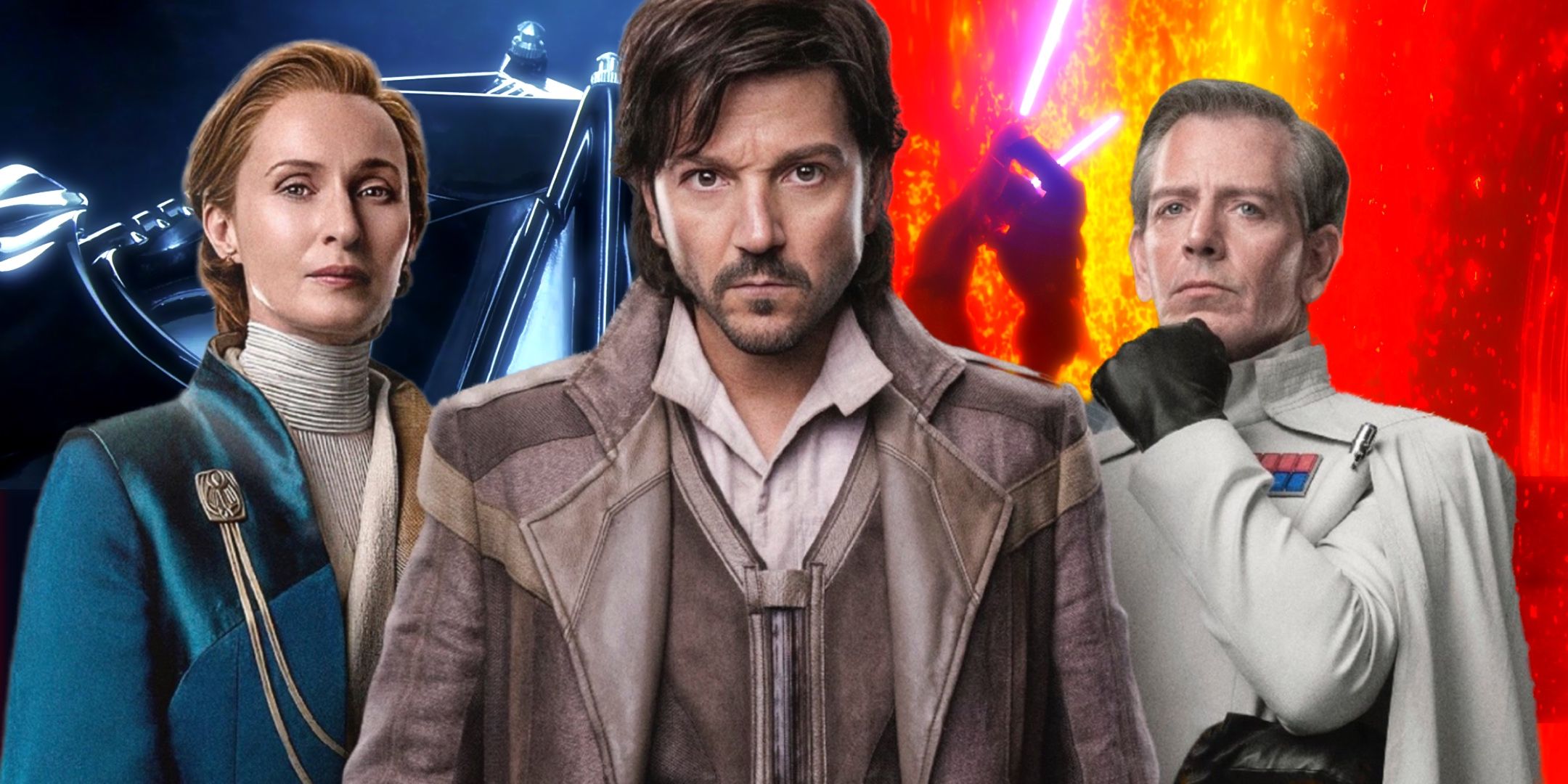
Although the success of both Andor season 2 and Revenge of the Sith's re-release is good news for the franchise anyway, it proves how excellent Star Wars is at retconning prior stories. Andor season 2 has caused many to rewatch Rogue One, a film that ties directly into the events of the show. Rogue One is now being seen in an entirely different light, with many seeing several scenes from the movie in a new way now that they have witnessed Cassian Andor's backstory, the formation of Star Wars' Rebel Alliance, and the horrors of the Empire firsthand.
Rogue One was always a well-liked Disney Star Wars movie, but the sheer amount of people saying it has been improved after Andor season 2's story is remarkable. Then there is Revenge of the Sith. Similarly, Episode III has always been regarded as the best of George Lucas' prequel trilogy, but there is no denying how different it is watching it in 2025 in comparison to 2005.
The term "retcon," or retroactive continuity, often possesses negative connotations, but Star Wars proves how it can use this concept positively...
Back in 2005, so many extended Star Wars stories that tie directly to Revenge of the Sith had not yet been released. The likes of Star Wars: The Clone Wars, Ahsoka, Obi-Wan Kenobi, Star Wars: The Bad Batch, and Tales of the Jedi link so inherently to plot points and characters that appear in Revenge of the Sith, and every one of them was released post-2005. This makes rewatching Revenge of the Sith now a much different experience, with all the added context of these shows fresh in the minds of audiences.
What makes this all the more impressive though, in both cases, is how well these retcons work. The term "retcon," or retroactive continuity, often possesses negative connotations, but Star Wars proves how it can use this concept positively. Rogue One is a better film now, and even the in-depth storylines and character arcs of Andor blend seamlessly into the film. Revenge of the Sith has only grown more heartbreaking and exciting than it once was due to additional storylines, rendering Star Wars a franchise that uses retcons to perfection the majority of the time.
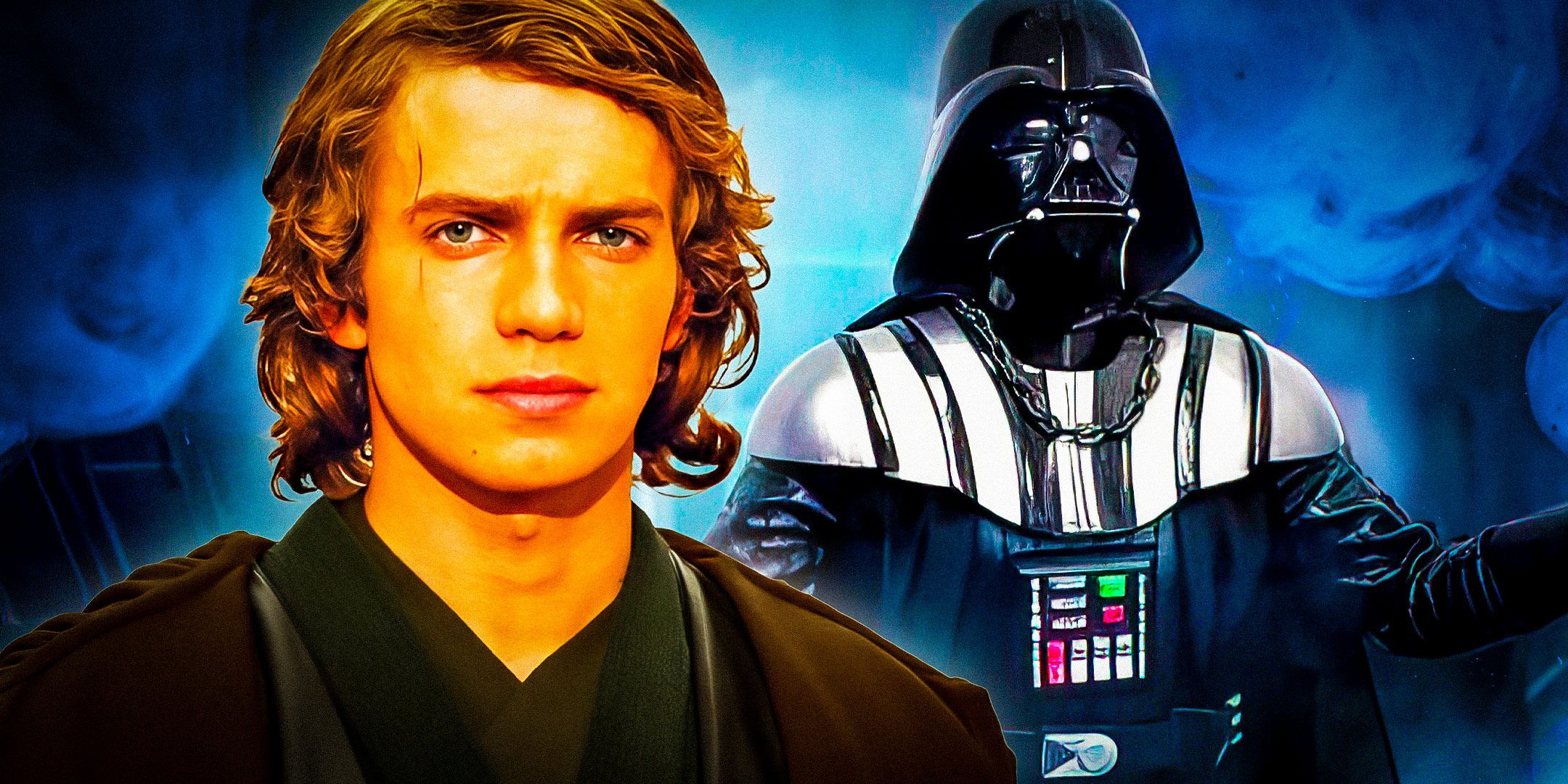
Even going beyond the exploration of Andor and Revenge of the Sith, other Star Wars properties prove how well retcons have worked for the series. The original trilogy, for example, was always beloved, but so much has been added to it. For instance, Obi-Wan Kenobi mentioning the Clone Wars now holds infinitely more weight than it did in 1977 when A New Hope (then titled simply Star Wars) was the only installment in the franchise. Now there are three movies and seven seasons that flesh out this one mention from Kenobi.
Star Wars' most iconic character is Darth Vader who, in the original three movies, was a tragic father-turned-villain. The prequels then provided that exact story, all while adding context to heroes like Yoda, R2-D2, C-3PO, Luke Skywalker, and Leia Organa. Spin-off movies like Solo have retconned an origin story set before A New Hope to add more to Han Solo and Chewbacca; the list goes ever on. Evidently, to improve other stories.
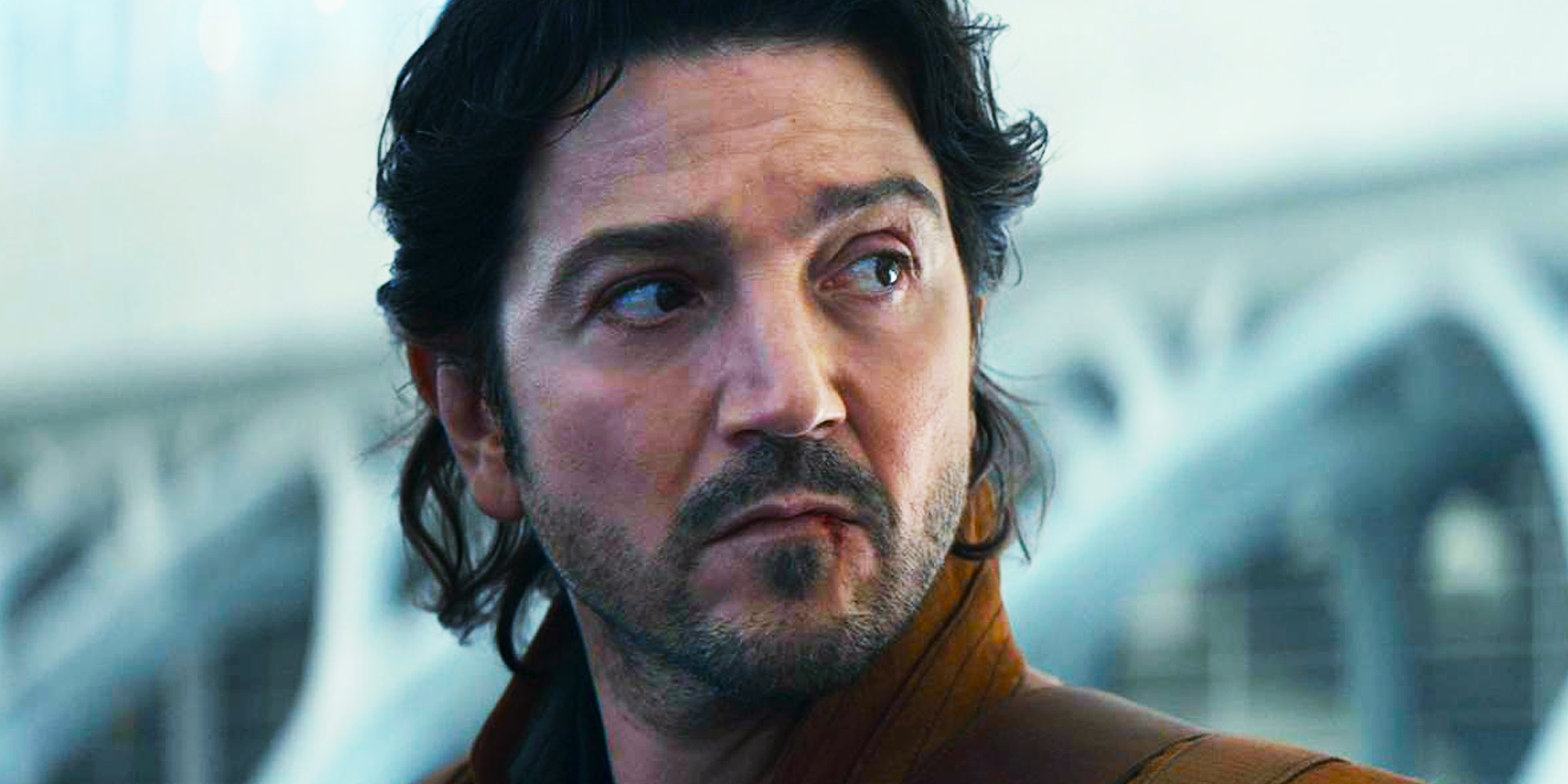
The positivities of Star Wars retcons aside, it is worth exploring why this specific franchise is so unlike others. The primary reason for this is the vastness of the Star Wars timeline. Above any other major franchise in modern times, perhaps besides The Lord of the Rings, Star Wars has the biggest timeline; James Mangold's upcoming Dawn of the Jedi movie will be set 25000 years before Star Wars: Episode I - The Phantom Menace, with Sharmeen Obaid-Chinoy's Rey Skywalker film then being set another 50 years after that.
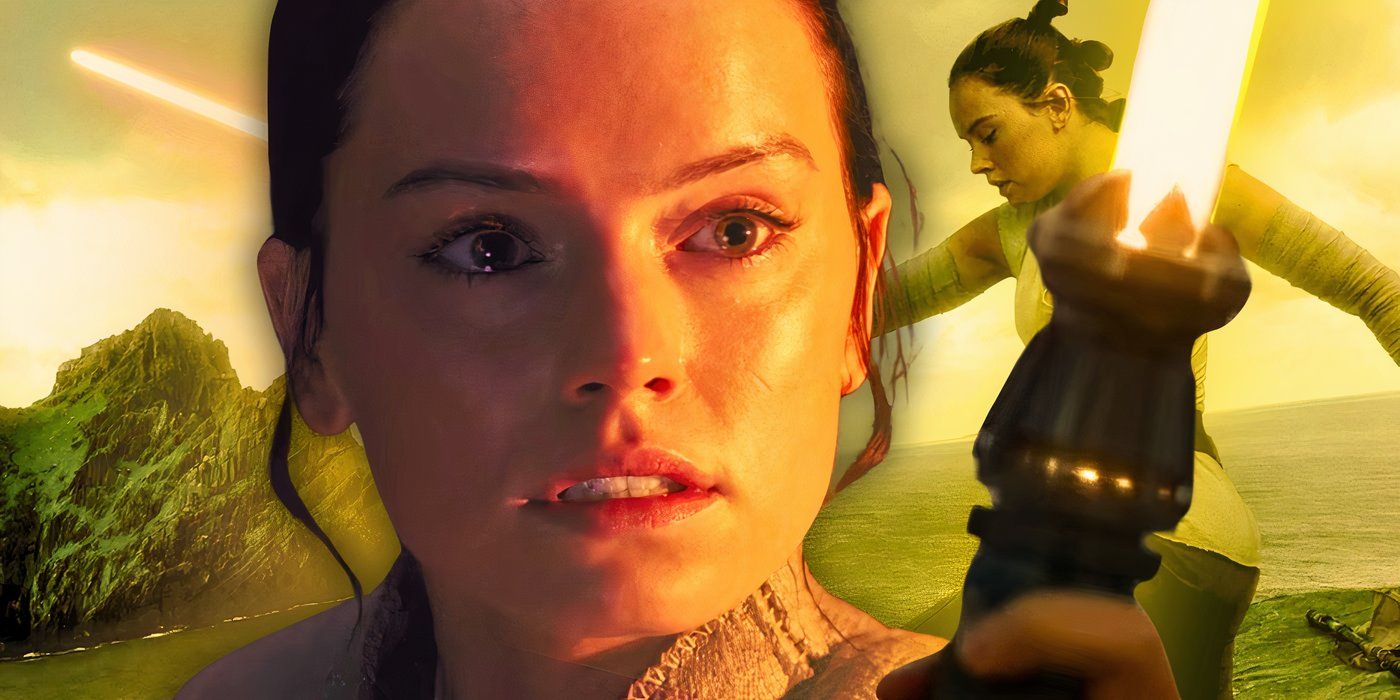
Related
Everything Star Wars Just Revealed About Rey Skywalker & Her New Jedi Order
Star Wars has given tremendous insights into both Rey and New Jedi Order recently, and that information likely hints at the galaxy's future.
The sheer scale of Star Wars' timeline allows filmmakers, old and new alike, to come into the franchise and tell a story in any time period they wish. In most cases, there is enough space to be able to slot a story between others, with Lucasfilm possessing employees who specifically keep tabs on how it blends with other projects. If the timeline spanned a total of only 20 years, for example, it would be much more difficult to retcon things effectively. Clearly, though, the galaxy far, far away does not have this problem.
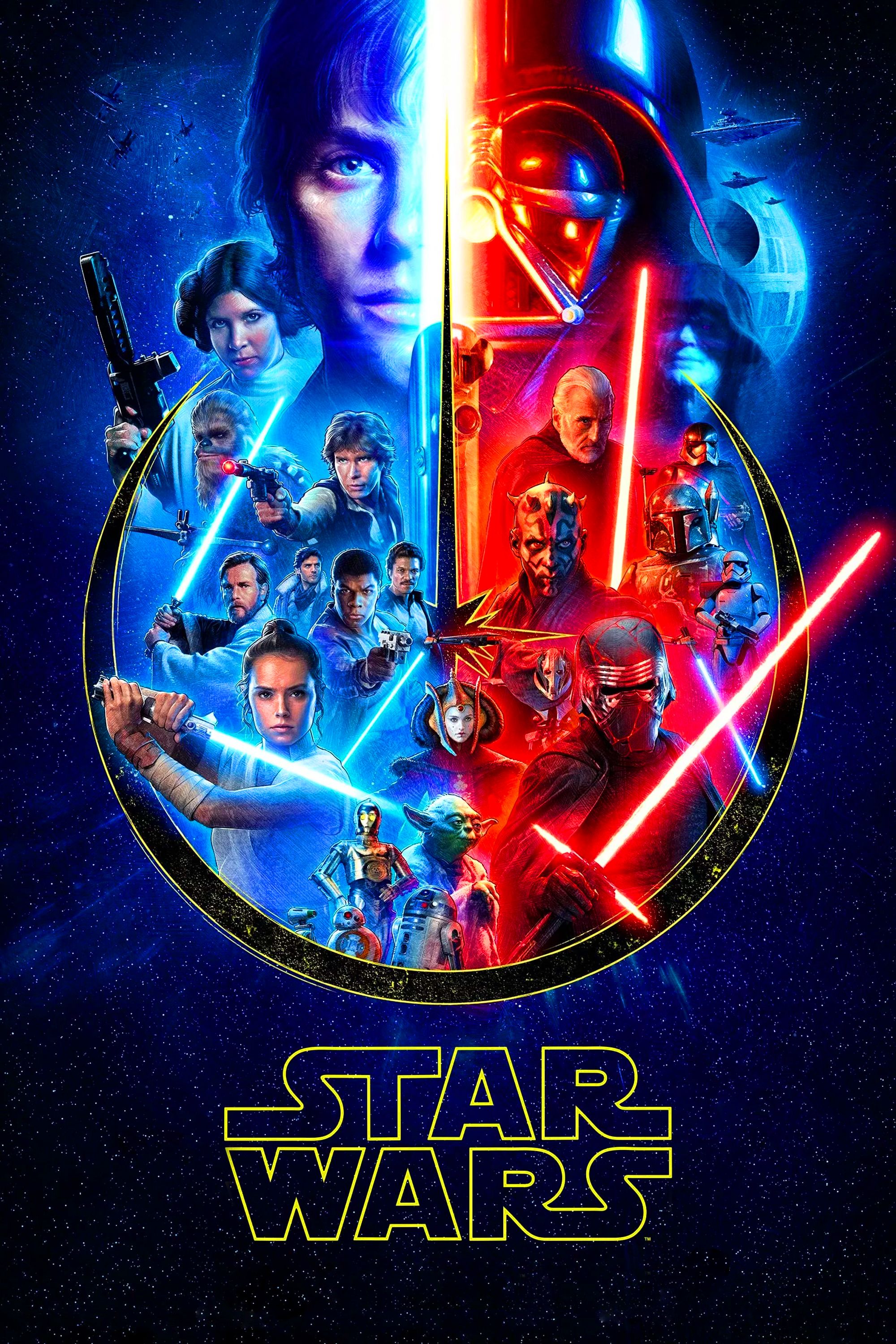
Star Wars
- George Lucas
- Star Wars: Episode IV - A New Hope
- Mark Hamill, James Earl Jones, David Prowse, Carrie Fisher, Harrison Ford, Daisy Ridley, Adam Driver, Ian McDiarmid, Ewan McGregor, Rosario Dawson, Lars Mikkelsen, Rupert Friend, Moses Ingram, Frank Oz, Pedro Pascal
- The Mandalorian, Andor, Obi-Wan Kenobi, The Book of Boba Fett, Ahsoka, The Acolyte, Star Wars: Skeleton Crew, Lando, Star Wars: The Clone Wars, Star Wars Rebels, Star Wars: The Bad Batch, Star Wars: Resistance, Star Wars: Young Jedi Adventures, Star Wars: Visions
